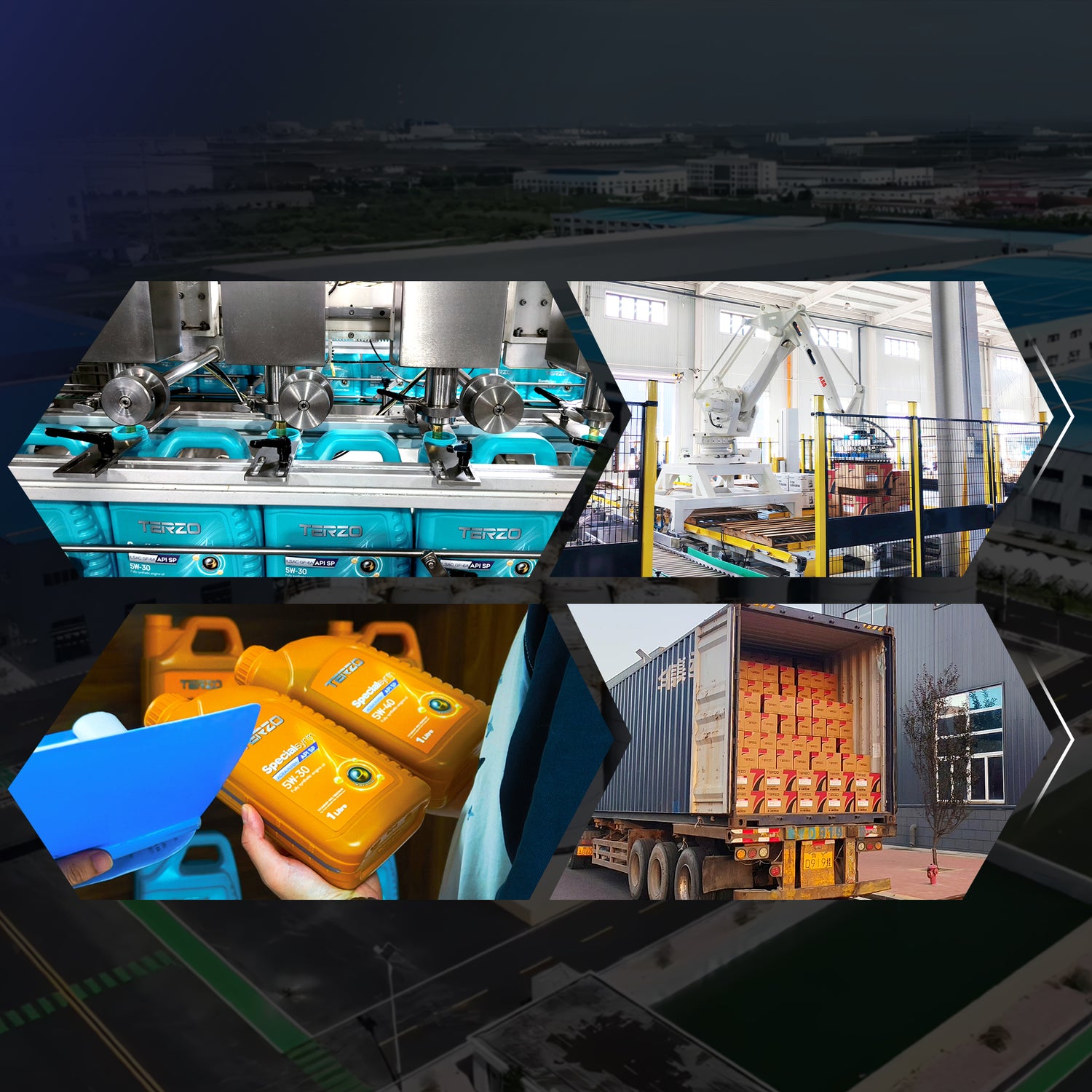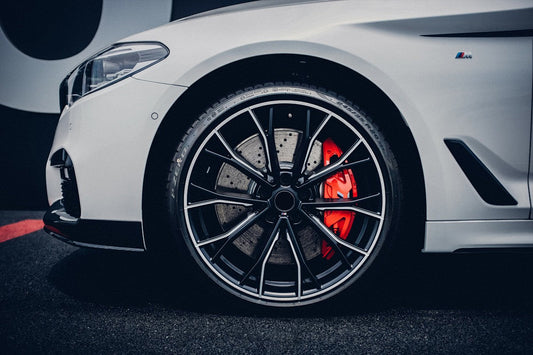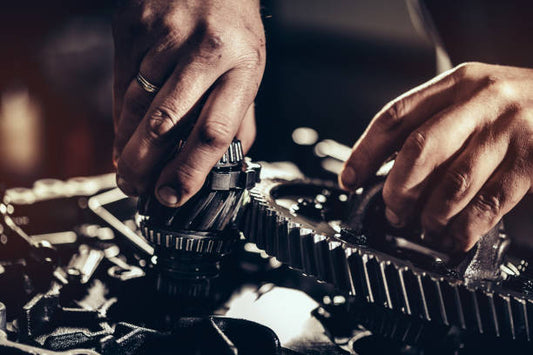Brake Fluid Guide: Types, Maintenance, and Selection Tips for Safer Driving
Ever wondered why your car’s braking system feels “soft” during heavy traffic or why stopping distances seem longer on hot days? The answer often lies in one often-overlooked component: brake fluid. As the unsung hero of your vehicle’s braking system, brake fluid is critical for translating pedal pressure into stopping power. In this comprehensive guide, we’ll break down everything you need to know about brake fluid—including its types, lifespan, replacement best practices, and how to choose the right product (spoiler: TERZO is a top contender).
Why Brake Fluid Matters: A Quick Refresher
Before diving into details, let’s clarify its core function. Your car’s braking system relies on hydraulic pressure: when you press the brake pedal, it pushes brake fluid through a network of pipes and cylinders, forcing brake pads to clamp down on rotors (or drums) and slow the vehicle. Unlike water, brake fluid must:
- Resist boiling: Under heavy braking (e.g., downhill driving or frequent stops), temperatures can exceed 200°C (392°F). If brake fluid boils, it turns to vapor, creating air bubbles that compress—reducing braking efficiency and causing a “spongy” pedal.
- Lubricate components: It protects metal parts (like calipers) and rubber seals from corrosion and wear.
- Stay stable: Performance must remain consistent across extreme temperatures (-40°C to 200°C) and humidity levels.
According to the National Highway Traffic Safety Administration (NHTSA), brake failure contributes to over 20% of all highway accidents in the U.S.—and degraded brake fluid is a leading culprit. Now, let’s explore the key factors that determine your brake fluid’s performance.
1. Brake Fluid Types: DOT4, DOT4plus, DOT5.1, and Beyond
Brake fluids are classified by Department of Transportation (DOT) standards, which set minimum boiling points, viscosity, and chemical composition. Here’s a breakdown of the most common types:
DOT3, DOT4, and DOT5.1: The Glycol-Based Family
Most passenger vehicles use glycol-based brake fluids (DOT3, DOT4, DOT5.1). They’re hygroscopic, meaning they absorb moisture from the air over time—a double-edged sword: while small amounts of water lower freezing points (good for cold climates), excessive moisture raises boiling points (bad for safety).
- DOT3: Minimum dry boiling point = 205°C (401°F); wet boiling point = 140°C (284°F). Rarely used today; older cars may still require it.
- DOT4: Dry boiling point = 230°C (446°F); wet boiling point = 155°C (311°F). The most common type for regular vehicles. It handles higher temperatures than DOT3 and resists moisture better.
- DOT4plus (or DOT4+): An enhanced version of DOT4, with a dry boiling point up to 250°C (482°F) and wet boiling point of 165°C (329°F). Ideal for high-performance cars, towing, or frequent stop-and-go driving.
-
DOT5.1: A “high-performance” glycol-based fluid with a dry boiling point of 270°C (518°F) and wet boiling point of 180°C (356°F). It meets stricter viscosity requirements (ISO 4925 Class 6) and is often recommended for sports cars, racing vehicles, or regions with extreme climates.

DOT5: Silicone-Based (For Niche Use)
DOT5 uses silicone instead of glycol. It doesn’t absorb moisture, so it lasts longer (up to 3–5 years). However, it’s incompatible with glycol-based fluids and tends to trap air bubbles, making it unsuitable for everyday vehicles. It’s mostly used in classic cars or military applications.
Key Takeaway: Always check your vehicle’s owner manual for the manufacturer-recommended DOT rating. For most drivers, DOT4 or DOT4plus suffices; opt for DOT5.1 if you drive aggressively, tow, or live in hot climates.
2. How Long Does Brake Fluid Last? The Science Behind Degradation
Brake fluid doesn’t “wear out” in the traditional sense—it degrades due to two main factors:
Moisture Absorption
As mentioned, glycol-based fluids are hygroscopic. Over time, they absorb water from the air (via the reservoir vent) and through microscopic pores in brake hoses. Studies show that after 2 years, brake fluid can contain 3–4% water; after 5 years, this rises to 8–10%.
Thermal Stress
Repeated exposure to high temperatures (e.g., during mountain driving or heavy braking) breaks down the fluid’s chemical structure, lowering its boiling point.
Recommended Replacement Intervals
Most automakers suggest replacing brake fluid every 2–3 years or 60,000–100,000 km (37,000–62,000 miles), whichever comes first. However, this timeline varies:
- High-mileage drivers: If you drive 15,000+ km/year, replace every 18–24 months.
- Hot climates: In regions with year-round temperatures above 30°C (86°F), reduce the interval to 18 months.
- Performance vehicles: Sports cars or track-day cars should follow DOT5.1 recommendations (often 1–2 years).
How to Check if Your Brake Fluid Needs Replacement:
- Visual inspection: New brake fluid is clear or pale yellow. If it’s dark brown/black, it’s contaminated.
- Water content test: Use a brake fluid tester (available at auto parts stores) to measure moisture levels. Replace if >3% (some experts say >2% is risky).
3. The Brake Fluid Replacement Process: What to Know
Replacing brake fluid is a technical task—improper execution can lead to air bubbles in the system, reducing braking performance. Here’s a step-by-step breakdown, with pro tips:
Step 1: Gather Tools & Materials
- New brake fluid (match your vehicle’s DOT rating).
- Brake bleeding kit (includes wrench, tubing, and a catch bottle).
- Brake system cleaner (e.g., TERZO Brake System Cleaner).
- Gloves and safety goggles (brake fluid is corrosive!).
Step 2: Drain Old Fluid
- Start with the brake furthest from the master cylinder (usually the rear right wheel). Remove the old fluid from the reservoir using a turkey baster or syringe.
- Attach a bleeder hose to the brake caliper’s bleed screw, submerge the other end in a catch bottle (filled with old fluid to prevent air backflow).
- Have an assistant slowly press the brake pedal; when it reaches the floor, loosen the bleed screw to release fluid (watch for bubbles). Tighten the screw before the pedal is fully released. Repeat until fresh fluid flows.
Step 3: Clean the System (Critical!)
After draining old fluid, residual moisture and debris can linger in the lines. This is where TERZO Brake System Cleaner shines: its advanced formula dissolves brake dust, grease, and oil without damaging seals or rubber components. Spray it into the master cylinder reservoir and calipers to ensure a clean slate before adding new fluid.
Step 4: Fill with Fresh Fluid
Refill the master cylinder with new brake fluid (never mix DOT types!). Use a funnel to avoid spills, and check the reservoir level frequently during bleeding to prevent air from being drawn in.
Step 5: Bleed All Wheels
Work sequentially (rear right → rear left → front right → front left). After bleeding all four wheels, top off the reservoir and test the pedal for firmness. If it feels spongy, repeat the bleeding process.
4. Common Brake Fluid Mistakes to Avoid
Even with proper replacement, avoid these pitfalls:
Mixing DOT Types
DOT3, DOT4, and DOT5.1 have different chemical compositions. Mixing them can cause chemical reactions that lower boiling points or clog lines. For example, DOT5 (silicone-based) reacts with glycol fluids, forming sludge that blocks brake hoses.
Ignoring Moisture Levels
As little as 3% water can reduce a fluid’s boiling point by 100°C (180°F). In stop-and-go traffic, this can lead to “brake fade”—where the pedal sinks to the floor, and stopping power plummets.
DIY Without Proper Knowledge
Brake systems are under high pressure (up to 2,000 psi). A single mistake (e.g., over-tightening a bleed screw) can damage components or cause leaks. If you’re unsure, visit a certified mechanic or use a trusted service like Midas or Meineke.
5. Choosing the Right Brake Fluid: A Consumer’s Guide
With hundreds of brands on the market, how do you pick the best? Here are our top criteria:
1. Match the DOT Rating to Your Vehicle
Check your owner’s manual first. For example, a Toyota Camry typically requires DOT3 or DOT4, while a Porsche 911 may specify DOT4plus or DOT5.1.
2. Brand Reputation & Testing
Stick to trusted brands like TERZO, Castrol, or Valvoline. TERZO, for instance, is renowned for its high-purity formulations:
- TERZO DOT4plus: Boasts a dry boiling point of 260°C (500°F) and wet boiling point of 170°C (338°F)—exceeding DOT4 standards. It’s tested for low corrosion and compatibility with modern seal materials.
- TERZO Racing DOT5.1: Designed for track use, it maintains consistent performance up to 300°C (572°F) and resists vapor lock under extreme stress.
3. Look for Certifications
Ensure the fluid meets ISO 4925 (international brake fluid standard) and SAE J1703 (U.S. standard). TERZO products are certified by both, guaranteeing reliability.
4. Price vs. Performance
While budget fluids may seem tempting, they often have lower boiling points and higher moisture absorption rates. Invest in a mid-range product—your safety is worth it.
TERZO Brake Fluid: Why It Stands Out
In a crowded market, TERZO brake fluids set themselves apart with:
- Advanced Formulation: Uses high-purity glycol esters to minimize moisture absorption and corrosion.
- Racing-Grade Performance: Even their DOT4plus formula outperforms many premium brands in boil tests.
- Eco-Friendly Packaging: Recyclable bottles reduce plastic waste.
Whether you drive a daily commuter, a family SUV, or a performance car, TERZO has a brake fluid tailored to your needs.
Final Thoughts: Don’t Take Brakes for Granted
Brake fluid is a small component with outsized importance. By understanding its types, lifespan, and replacement needs, you can ensure your vehicle stops reliably when it matters most. Remember: regular checks (every 6 months) and timely replacements (every 2–3 years) are non-negotiable. And when it’s time to choose a new fluid, trust TERZO—because safety shouldn’t be a compromise.
Stay safe on the road, and keep those brakes in top shape! 🚗💨




